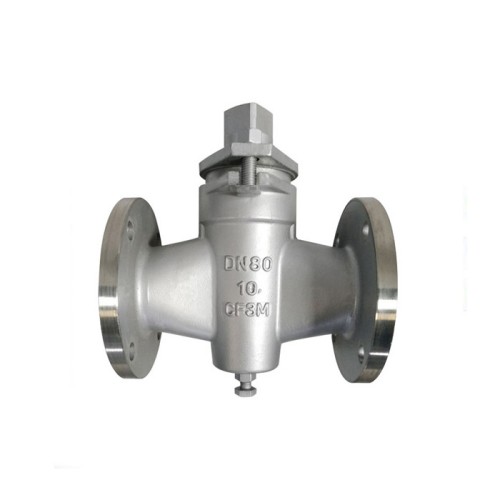Design and Functionality of Counterweighted Swing Check Valves for Efficient Fluid Control Solutions
The Swing Check Valve with Counterweight A Comprehensive Overview
In the realm of fluid mechanics, valves play a crucial role in regulating the flow of liquids and gases within pipelines. Among the array of valves available, the swing check valve, particularly when equipped with a counterweight, stands out for its unique design and functionality. This article delves into the features, advantages, applications, and maintenance of swing check valves with counterweights.
Understanding Swing Check Valves
Swing check valves are designed to prevent backflow in a piping system. They utilize a disc that pivots on a hinge, allowing fluid to flow in one direction while automatically closing to block reverse flow. The primary advantage of these valves is their simple design and reliable operation, making them an ideal choice for various applications, including water supply, sewage treatment, and chemical processing.
The Role of Counterweights
Counterweights enhance the functionality of swing check valves. By adding a counterweight to the valve's disc, the valve can close more quickly and efficiently when fluid flow decreases or reverses. This feature is particularly beneficial in systems where sudden changes in pressure can lead to water hammer or other hydraulic shock phenomena, which can potentially damage piping and associated equipment.
The counterweight assists in creating a more controlled closure, reducing the risk of slamming. This not only helps to mitigate noise but also prolongs the life of the valve and the entire piping system.
Advantages of Swing Check Valves with Counterweights
1. Reduced Water Hammer The primary benefit of incorporating a counterweight is the minimization of water hammer effects. By controlling the closure speed of the disc, these valves prevent damaging surges that can occur in systems with high flow rates.
2. Reliable Operation Swing check valves with counterweights provide consistent and reliable performance. The counterweight ensures proper sealing when the valve closes, effectively preventing backflow and enhancing system integrity.
swing check valve with counterweight

3. Versatility These valves can be utilized across various industries, including municipal water supply, wastewater management, oil and gas, and industrial applications. This versatility makes them a popular choice among engineers and designers.
4. Cost-Effectiveness While the addition of a counterweight may slightly increase the initial cost of the valve, the long-term benefits, including reduced maintenance and the prevention of repairs due to water hammer, make it a cost-effective solution.
Applications
Swing check valves with counterweights are commonly employed in applications where backflow prevention is critical. For example, in water treatment plants, these valves ensure that treated water does not flow back into the system. Similarly, in wastewater systems, they prevent contaminated water from re-entering clean water lines.
In the industrial sector, these valves are often found in piping systems that handle chemicals or fuels. The controlled closure provided by the counterweight enhances safety by preventing leaks and spills that could result from reverse flow.
Maintenance Considerations
Although swing check valves with counterweights are designed for durability and longevity, regular maintenance is essential. Inspecting the valve for signs of wear, ensuring the hinge operates smoothly, and checking the counterweight for proper alignment are crucial steps to maintain efficient performance. Additionally, while these valves require minimal maintenance, periodic lubrication of moving parts can further enhance their operational longevity.
Conclusion
The swing check valve with a counterweight represents a significant advancement in valve technology, offering enhanced performance and reliability. Its ability to minimize water hammer, ensure backflow prevention, and adapt to a wide range of applications makes it an invaluable component in fluid handling systems. Whether used in municipal, industrial, or treatment processes, the incorporation of counterweights in swing check valves proves to be a wise investment for improved operational efficiency and system longevity.
-
3-types-of-check-valves-maintenance-tipsNewsAug.23,2025
-
ball-valves-types-with-trunnion-mounted-designNewsAug.23,2025
-
butterfly-valve-company-production-capabilitiesNewsAug.23,2025
-
fisher-globe-valve-technical-specificationsNewsAug.23,2025
-
types-of-gaskets-for-flanges-selection-guideNewsAug.23,2025
-
wedge-gate-valve-suppliers-quality-standardsNewsAug.23,2025
-
Breakthrough in Domestic Low Temperature Valve Technology in ChinaNewsAug.18,2025




